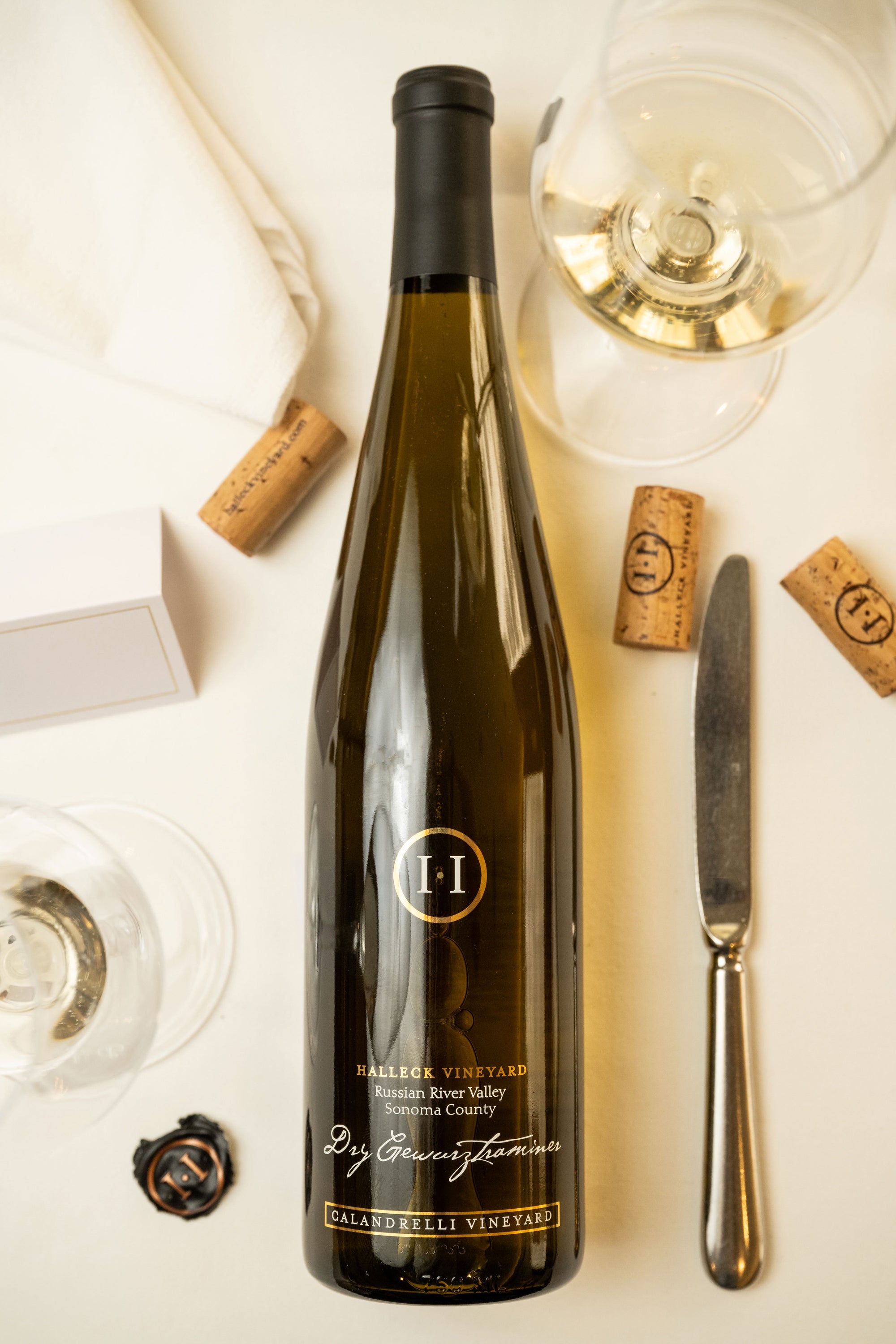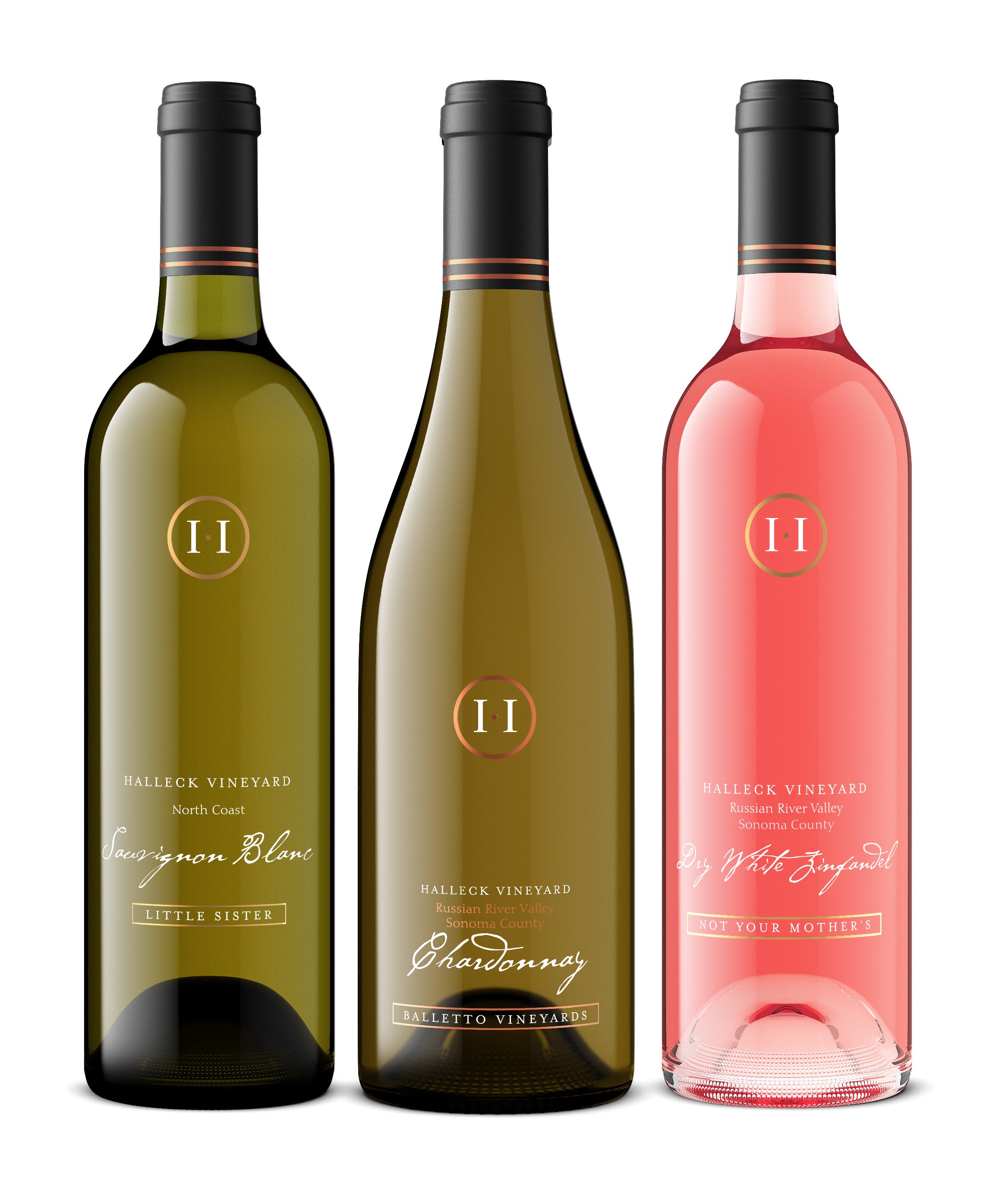Popular Wineries With Outdoor Seating In Sonoma - Discovering Sebastopol's Wineries
Popular Wineries With Outdoor Seating In Sonoma - Discovering Sebastopol's Wineries
Blog Article
Wineries With River Views - Sonoma's Premier Wine Tasting Events
Wine tasting is an art that mixes sensory experience with an appreciation for the nuances of various varietals. How to gauge flavors in winery wine tasting periods is pivotal to greedy the complexities of wine.
Participating in a wine tasting involves more than merely sipping and savoring. It requires a centered strategy to identify aromas and flavors that every wine presents. As you begin, observe the wine's appearance, noting its shade and clarity. These visual cues typically suggest a wine’s age, grape selection, and even potential flavor profiles.
The subsequent step in the tasting course of is to swirl the wine in your glass. This action releases aromatic compounds which might be vital for analysis. Lean in and take a moment to inhale deeply; the aromas can vary from floral and fruity to spicy and earthy. The nostril of the wine is simply as essential as the palate, and recognizing scents plays a significant role in understanding the general experience.
When taking your first sip, enable the wine to maneuver throughout your palate - Eco-Friendly Wineries In Sonoma County. Notice the preliminary flavors that present themselves. Is the wine fruity, floral, or maybe herbaceous? This initial taste gives perception into what the wine is likely to categorical as you continue to evaluate it. The mouthfeel additionally contributes to the general flavor experience; it can be silky, tannic, or even effervescent.
Best Chardonnays From Sonoma Winemakers - Wine Tasting Activities In Sebastopol
As you continue tasting, take note of the wine’s steadiness. A well-balanced wine will harmonize acidity, sweetness, and tannins. If one element overwhelms the others, it'd point out a much less fascinating quality. Evaluating steadiness may help you identify how well the wine might pair with food.
Transitioning to the end, consider how the flavors evolve as the wine lingers on your palate. A long, pleasant finish can indicate a high-quality wine, while a brief or abrupt end would possibly suggest in any other case. Replicate on whether the flavors remain consistent or if new notes emerge because the wine settles. This progression can reveal complexities and intricacies that might not have been obvious in the preliminary tasting.
Temperature can also be an important factor in evaluating wine flavors. Totally Different kinds of wine are optimally loved at particular temperatures. White wines typically shine when chilled, while red wines usually perform greatest at room temperature. When tasting, make certain the wine is on the appropriate temperature to fully recognize its character.
Wineries In Green Valley - Iconic Wineries Of Sebastopol
Pairing food with wine can tremendously improve the tasting experience. Meals can influence the perception of flavors in wine, both highlighting sure traits or diminishing them. When evaluating flavors, think about how the wine interacts with totally different meals, noticing which flavors are amplified or muted (Wineries With Outdoor Seating).

Consider the affect of terroir as you have interaction in a winery tasting. Terroir encompasses the distinctive environmental factors that have an result on grape growing, including soil composition, local weather, and geography. Understanding a wine's terroir can present perception into its flavors and aromas, fostering a deeper appreciation for the alternatives made during its cultivation and production.
Education plays a elementary role in enhancing one's ability to evaluate wine flavors. Learning about grape varieties, wine areas, and manufacturing strategies can pave the way in which for more informed judgments throughout tastings. Additionally, attending workshops or classes can refine sensory skills and expand your flavor vocabulary, enabling you to articulate tasting notes extra successfully.
Finally, it's important to remember that evaluating wine flavors is a extremely personal experience. Particular Person preferences and perceptions will invariably form one’s tasting journey. Enjoyment ought to be at the forefront, with the analysis course of appearing as a device to reinforce understanding and appreciation quite than create inflexible guidelines.
Wineries Perfect For A Relaxing Afternoon - The Charm Of Sonoma Wineries
In conclusion, mastering how to consider flavors in winery wine tasting classes entails a mixture of sensory engagement, information, and practice. By learning to determine aromas, assess the steadiness, and recognize the intricacies of flavor, wine enthusiasts can deepen their connection to every bottle they encounter. As with any art type, the more one immerses themselves in the experience, the more they will published here uncover and enjoy the vast world of wine.
- Start by observing the wine's color and clarity, as these visible elements can trace at its flavor profile and getting older potential.
- Swirl the wine gently in your glass; this releases fragrant compounds, allowing you to higher determine the advanced scents related to the wine.
- Take a deep inhale earlier than tasting, specializing in each primary and secondary aromas to gather insights on fruits, spices, and other nuances.
- When tasting, permit the wine to coat your palate; note the initial flavors, the mid-palate complexity, and the finish as these phases can present different flavor highlights.
- Pay attention to texture and mouthfeel, as elements such as tannin ranges, acidity, and sweetness contribute significantly to the general tasting experience.
- Evaluate flavors against standard wine traits; for pink wines, think about berry notes, oak influence, and natural tones, while whites could embrace citrus, stone fruits, and floral hints.
- Take notes in the course of the tasting session to trace your impressions, helping you to remember and consider the completely different wines sampled.
- Talk About your findings with fellow tasters or winery staff, as sharing insights can improve understanding and appreciation of particular person flavors.
- Allow time for the wine to breathe; generally, flavors evolve and reveal new dimensions after being uncovered to air.
- Experiment with food pairings through the tasting as they can dramatically alter how flavors are perceived, influencing total enjoyment.undefinedWhat ought to I look for when evaluating the aroma of wine during a tasting?
Begin by swirling the wine in your glass to release its aromas. Convey the glass to your nostril and take a deep breath. Pay consideration to the first scents you detect, as these are often essentially the most distinguished. Look for fruit, floral, natural, or earthy notes and try to identify particular traits, which is ready to deepen your understanding of the wine's complexity.
Wineries Offering Virtual Wine Tastings - Vines And Views In Sonoma Wine Country
How can I distinguish between completely different flavor profiles in wine?
Understand that flavor profiles are sometimes categorized as fruit, floral, herbaceous, spicy, or mineral. Take small sips and permit the wine to coat your palate. Notice the primary flavors that emerge first and the delicate notes that comply with. This layering is essential in distinguishing the wine's traits and can help you appreciate its unique profile.
Romantic Winery Destinations In Sebastopol - Sonoma Wineries With Vineyard Views
What is the importance of the wine's texture in a tasting?

The texture of the wine, also referred to as mouthfeel, plays a vital function in how we perceive flavors. Pay consideration as to whether the wine feels clean, creamy, or gritty. The body of the wine (light, medium, or full) can improve or distinction with flavors, providing a extra rounded experience during tasting.
How do I assess the balance of flavors in wine?
Stability in wine refers back to the concord between acidity, sweetness, tannin, and alcohol. Take a moment to evaluate whether these elements complement or intervene with one another. A well-balanced wine could have none of its parts overpowering the others, creating a nice tasting experience.
Unique Wine Blending Experiences In Sonoma - Exploring The Vineyards In Sonoma County
What position does temperature play in evaluating wine flavors?
Temperature can considerably influence the notion of flavors. Usually, red wines are greatest served slightly under room temperature, while white wines get pleasure from being chilled. As the temperature modifications, the aromas and flavors can shift, allowing you to perceive totally different traits. It’s important to style wine at its optimum temperature for true analysis.
Historical Wineries To Visit In Sonoma - Wine Tasting Experiences In Sonoma Valley
How can I improve my tasting skills over time?
Practice is vital to enhancing your tasting skills. Wineries Offering Virtual Wine Tastings. Attend tastings, hold a journal of your experiences, and discover several types of wines to broaden your palate. Moreover, studying about wine manufacturing and grape varieties can present context that enhances your analysis process, making you a extra informed taster.
Is there a specific order by which I should style the wines?
Wineries Pairing Wine With Chocolate - Top Sonoma Wineries To Visit
Yes, it’s advisable to taste wines from light to full-bodied and dry to candy. This progression prevents the stronger flavors from overshadowing the extra delicate ones, permitting you to totally respect each wine's characteristics and nuances with out palate fatigue.
How can I evaluate the aftertaste of wine?
Wineries Pairing Wine With Chocolate - Local Wineries In Sebastopol
The aftertaste, or end, is a crucial side of the wine-tasting experience. After swallowing, take note of how lengthy the flavors linger in your palate and whether or not they change. A lengthy, pleasant end is usually an indicator of a high-quality wine, while a short or unpleasant finish may recommend otherwise.
Why is it important to note the wine’s acidity throughout tasting?
Acidity contributes to the general freshness and structure original site of the wine. Pay consideration to the tingling sensation on your tongue; higher acidity can improve the wine's liveliness and stability out sweetness. Noting acidity helps decide the wine's versatility with food and its aging potential.
What should I do if I wrestle to identify specific flavors in wine?
Vineyard Tours With Guided Tastings In Sonoma - Exploring The Vineyards Of Sonoma
Struggling to identify flavors is common, especially for beginners. Focus on broader categories and describe what you'll have the ability to recognize, corresponding to candy or earthy notes. With practice, studying about completely different flavor profiles, and maybe using flavor wheels, you'll refine your senses and develop a more nuanced strategy to tasting. Report this page